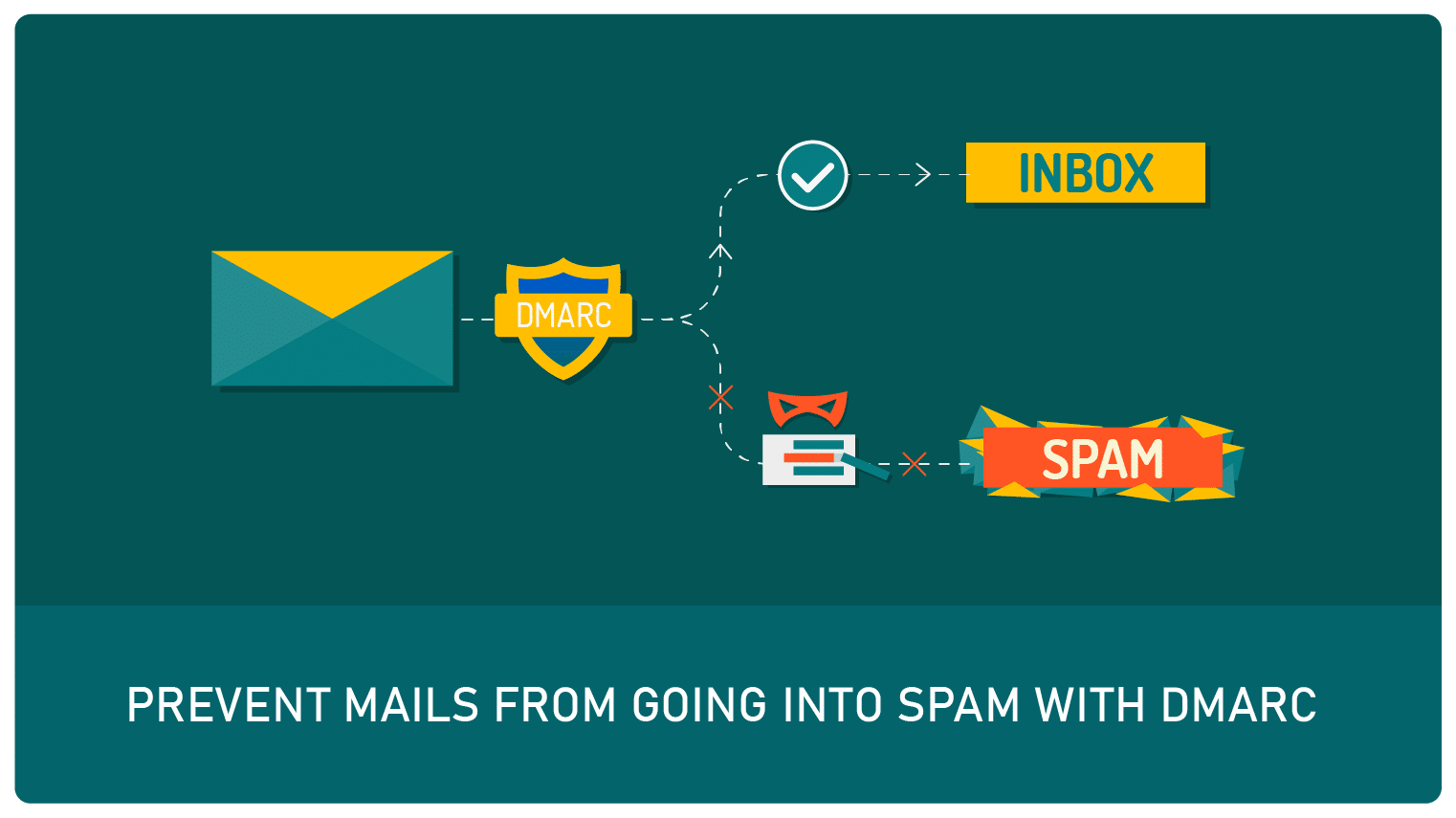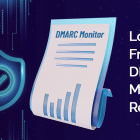DMARC stands for Domain-based Message Authentication, Reporting & Conformance. It is an email authentication protocol designed to prevent hackers from misusing valid domains for malicious purposes. Earlier, you could trust all emails in your inbox because the sender and recipient were identified by IP addresses which were unique to individual users. But as messages and its many uses grew, email came to be identified by individual domains, which are prone to spoofing. That was the impetus for an authentication protocol, which could catch domain misuse.
In this blog, we will look into each alphabet that makes up ‘DMARC’ (meaning their use), and the benefits of implementing DMARC for your organization. In further blogs, we will look into detailed working of SPF and DKIM protocols, and later on also at the 3 DMARC policies.
At a Glance
How does DMARC work?
An email delivers the same way as a physical letter. You seal a letter in an envelope, jot down the addresses on it, and mail it. Similarly, your email contents are ‘enveloped’ in email headers, which have the ‘to’ and ‘from’ addresses. This is where the trouble lies. Any hacker can put their own email contents in a ‘virtual envelope’ which they can mimic as yours. This means just about anybody can send emails on your behalf.
Authentication standards will soon adopt DMARC widely as a universal mechanism for spam prevention.
With DMARC, sending domains can recommend how a receiver should treat an email that fails authentication, rather than leaving it to the discretion of the receiver. DMARC brings SPF and DKIM mechanisms together in a powerful manner. It allows senders to specify a policy that tells receivers what to do with email messages that fail to pass SPF and/or DKIM validation.
A report-only policy of ‘p=none’ can be useful during this investigation phase, but domain owners should strive to reach an enforcement level of ‘p=quarantine’ or ‘p=reject’.
With the help of DMARC, you can monitor your email traffic, and have a more rigid control over handling unauthenticated emails sent on behalf of your name.
D – Domain-based
DMARC works on a ‘policy’ structure. There are policies which determine how to deal with emails that fail authentication. A sender can specify DMARC policies – None, Quarantine or Reject depending on the action plan
M – Message
Mailing engines considers an email and its header collectively as a ‘message’. DMARC email authentication treats an email as one single unit rather than a ‘letter’ inside an ‘envelope’.
A – Authentication
So, an email is a message. This allows DMARC to match the data in the email headers. If the protocol finds a mismatch, DMARC can raise a flag that the email has failed authentication.
R – Reporting
After implementing DMARC, organizations will receive raw data with many potential insights into their email traffic. It’s important to interpret these reports & define an action plan to achieve maximum compliance.
C – Compliance
DMARC, with the associated protocols SPF (Sender Policy Framework) and DKIM (Domain-keys Identified Mail), standardized the process of email authentication. DMARC uses SPF + DKIM technology to automate email authentication and make your domain compliant.
Is DMARC ‘optional’?
No. DMARC has become a necessity, especially considering the growth of email attacks and phishing attempts.
Following are the benefits of implementing DMARC:
Protecting your brand reputation
Safeguard your domain and enhance its reputation with DMARC.
The DMARC email authentication standard indicates to receiving mail servers how to evaluate emails that claim to be from your domain. By setting DMARC, you signal to the mailing engine that it can trust any communication from you.
Protecting your customers
Statistics demonstrate time and again that a business will lose face and even stock prices, after tangling into cyber fraud. Your business and customer trust will take a hit if someone misuses your domain to send false communication or phishing links on behalf of your name. Customer’s will be wary of opening your emails, moving forward, which means even your valid emails will remain unopened.
Improve Email Deliverability
In case if you’re holding off on DMARC, thinking that not having it is doing no harm, or if you’ve just been relying on your ISP for email authentication, it’s time to make a change. In time, authentication and DMARC will effectively become mandatory.
Get reports for your email traffic
Publishing DMARC records not only allows you to control email security for your domain, it also gives you deep visibility into who is sending mails on your behalf.
How can our DMARC Monitor help you?
Logix’s DMARC Monitor guides your business towards setting up proper DMARC policies. We have core expertise in analysing the reports generated by DMARC and suggesting ways you can achieve maximum DMARC compliance so you get the trust and engagement that your customer-centric emails deserve.




